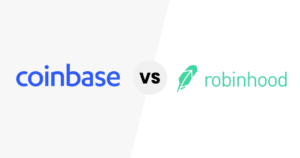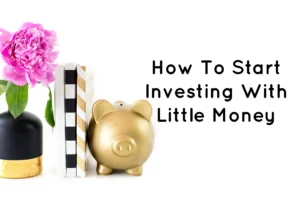Introduction
SoFi Invest vs Stash – investing has become more accessible than ever with the advent of user-friendly stock trading apps. Among the plethora of options, SoFi Invest and Stash stand out as popular choices for both beginners and seasoned investors. But how do they compare? In this post, we’ll dive deep into the features, pricing, pros and cons, and our personal experiences with these two investment platforms to help you decide which is the best fit for your financial goals in 2024.

Quick Comparison
For those in a hurry, here’s the quick verdict: SoFi Invest is ideal for those looking for a comprehensive financial ecosystem with no fees, while Stash shines for beginner investors who need educational tools and guidance. Both have their strengths, and your choice should depend on your individual investment needs and preferences.
Features
SoFi Invest
- No Fees: SoFi Invest offers commission-free trading, making it a cost-effective option for frequent traders.
- Automated Investing: SoFi’s automated investing feature allows for a hands-off approach with no management fees.
- Comprehensive Financial Tools: Besides investing, SoFi offers personal loans, student loan refinancing, and more, providing a complete financial solution.
Stash
- Educational Content: Stash is perfect for beginners, offering a wealth of educational resources and personalized investment advice.
- Fractional Shares: Allows investors to buy fractional shares, making it easier to invest in expensive stocks with small amounts of money.
- Banking Services: Stash also provides banking services, including a debit card that offers rewards for spending.
Personal Experience
SoFi Invest: My experience with SoFi Invest has been very positive. The platform is intuitive, and the zero-fee structure is a significant advantage. The automated investing feature allowed me to set up my portfolio and forget about it, knowing it was being managed according to my risk tolerance and goals.
Stash: Stash was instrumental when I started investing. The educational content and user-friendly interface made it easy to learn the ropes of investing. The ability to purchase fractional shares helped me diversify my portfolio even with limited funds.
Pricing
SoFi Invest: SoFi Invest charges no commission fees for trading stocks and ETFs. Automated investing also comes with no management fees, making it one of the most cost-effective options available.
Stash: Stash has a tiered pricing model:
- Beginner: $1/month, which includes a personal brokerage account, banking with Stock-Back® Card, and educational content.
- Growth: $3/month, which adds a retirement account (Roth or traditional IRA).
- Stash+: $9/month, which includes two custodial accounts for minors, monthly market insights, and an exclusive Stock-Back® Card.
Pros & Cons
SoFi Invest
- Pros: No fees, comprehensive financial tools, automated investing, user-friendly interface.
- Cons: Limited to US markets, fewer educational resources compared to Stash.
Stash
- Pros: Educational resources, fractional shares, banking services, easy for beginners.
- Cons: Monthly fees, higher costs for premium features, less suitable for experienced investors seeking advanced tools.
Alternatives
- Robinhood: Offers commission-free trading with a simple interface but lacks the educational resources of Stash.
- Webull: Also commission-free with advanced tools suitable for more experienced traders.
- M1 Finance: Combines automated investing with a customizable portfolio, ideal for those who want a blend of active and passive management.
Other Relevant Categories
User Interface: Both SoFi Invest and Stash offer intuitive and easy-to-navigate interfaces, but SoFi’s more comprehensive financial ecosystem might appeal more to those looking for an all-in-one solution.
Customer Support: SoFi offers 24/7 customer support, which is a significant advantage over Stash, which has limited support hours.
Community & Social Features: Stash offers a community feature where users can share their investment journeys and learn from each other, which can be motivating for new investors.
Conclusion: Who is the Winner?
In the battle of SoFi Invest vs. Stash, the winner depends on what you’re looking for in an investment app. SoFi Invest is the best choice for those seeking a fee-free, comprehensive financial platform with robust automated investing options. On the other hand, Stash is perfect for beginners who need educational resources and appreciate the ability to invest in fractional shares. Ultimately, both platforms are excellent, and your choice should align with your investment goals and personal preferences.


